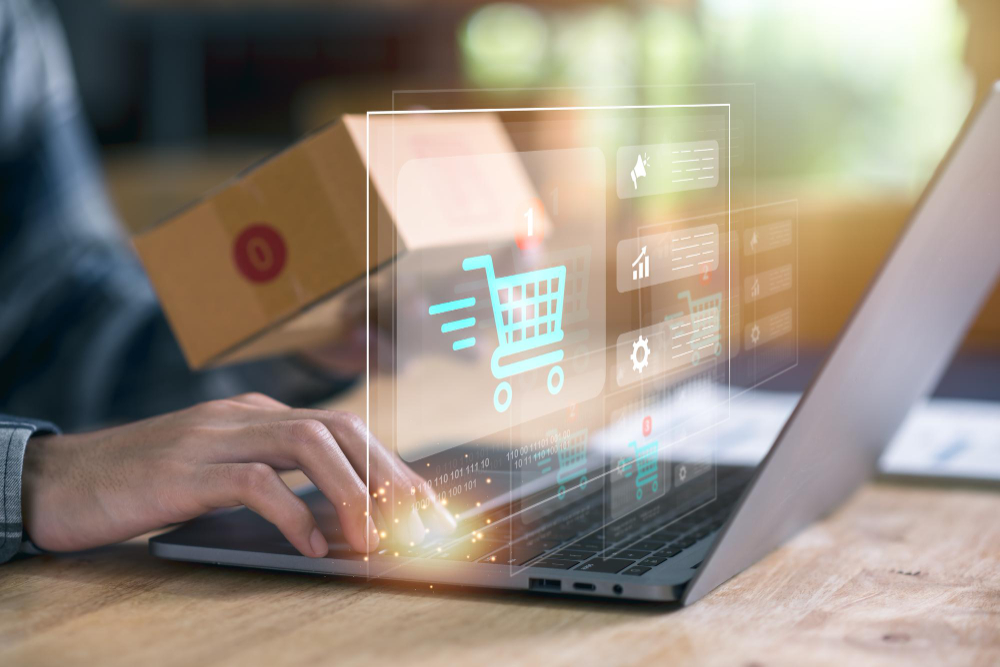eCommerce Fulfillment Optimization: The Definitive Guide
09 May 2025
|by josh@localthreads.com.au

In the rapidly evolving landscape of online retail, optimizing eCommerce fulfillment has become a cornerstone of competitive success. With the global e-commerce fulfillment services market projected to grow from $103 billion in 2023 to $253 billion by 2032 Straits Research, businesses must prioritize strategies that enhance speed, accuracy, and cost-efficiency. This guide explores the critical components of fulfillment optimization, backed by industry statistics, expert insights, and actionable strategies to future-proof your operations.
The Strategic Imperative of Fulfillment Optimization
Customer expectations are reshaping fulfillment paradigms. Over 90% of shoppers now expect 2-3 day delivery windows Meteor Space, while 63% cite free shipping as a decisive purchasing factor Meteor Space. These demands compel businesses to rethink inventory management, order processing, and last-mile delivery. As Steven J. Bowen, author of Total Value Optimization, notes:
“The supply chain is all about four steps: buy-make-move-fulfill.” Goodreads
Mastering these steps requires a blend of technology, data analytics, and customer-centric workflows.
Key Metrics for Measuring Fulfillment Success
1. Order Accuracy and Fill Rates
Order accuracy-the percentage of error-free shipments-directly impacts customer loyalty. Companies with 98%+ order accuracy see 30% higher repeat purchase rates. Meanwhile, fill rate (the proportion of orders fulfilled without stockouts) ensures inventory aligns with demand. Daniel Stanton, supply chain expert, emphasizes:
“Inventory optimization starts with forecasting-guessing how much you’ll sell and when.” Goodreads
Real-time inventory tracking tools reduce discrepancies and improve fill rates by 30% Logiwa.
2. Cycle Time and On-Time Delivery
The order cycle time-from purchase to delivery-should align with customer promises. Reducing this metric by 20% can boost satisfaction scores by 15%. On-time delivery rates above 95% are table stakes; leaders like Amazon achieve 99% through robotic fulfillment centers, which cut processing times by 50% Meteor Space.
Automation and Robotics: The Efficiency Multipliers
Autonomous Mobile Robots (AMRs)
AMRs streamline picking and packing, reducing labor costs by 40% while improving accuracy. For example, Amazon’s Kiva robots navigate warehouses autonomously, retrieving items 3x faster than human workers.
AI-Driven Demand Forecasting
Machine learning algorithms analyze historical sales, seasonality, and market trends to predict demand with 90%+ accuracy Inventory Source. This prevents overstocking and stockouts, optimizing inventory turnover.
Localization and Cross-Border Fulfillment
Leveraging Section 321 for North American Expansion
U.S. brands are increasingly using Canada’s Section 321 exemption to bypass duties on shipments under $800. Storing inventory in Canadian fulfillment centers reduces delivery times to local customers by 60% Metro Supply Chain.
Regional Warehousing Strategies
Placing inventory closer to high-density markets slashes shipping costs and carbon footprints. For instance, a 3PL partner in Toronto can serve Eastern Canada in 1-2 days versus 5-7 days from U.S. hubs ASL Distribution.
Shipping Strategies: Flat Rate vs. Calculated
| Factor | Flat Rate Shipping | Calculated Shipping |
| Cost Transparency | Fixed pricing simplifies checkout | Variable pricing reflects real-time carrier rates |
| Margin Impact | Risk of losses on heavy/distant orders | Aligns costs with product attributes |
| Customer Preference | Preferred for lightweight, low-value items | Ideal for fragile or high-value goods |
As fuel costs rise in 2024, 58% of retailers now blend both models-offering flat rates for standard delivery and real-time calculations for expedited options Simple Global.
Returns Management: Turning Challenges into Opportunities
A seamless returns process can convert 45% of first-time buyers into loyal customers. Best practices include:
- Prepaid return labels to reduce friction.
- AI-powered return analytics to identify defect patterns.
- Exchange incentives, such as discounts on future purchases.
Jeff Bezos, Amazon founder, advises:
“Your most unhappy customers are your greatest source of learning.” FastSpring
Technology Integration for End-to-End Visibility
ERP Systems
Platforms like Oracle NetSuite unify order management, inventory tracking, and CRM, providing a 360-degree view of fulfillment workflows. Businesses using ERPs report 18% faster order processing NetSuite.
IoT and Wearable Tech
Smart glasses and RFID scanners improve picking accuracy by 25% while reducing training time for new staff Logiwa.
The Future of Fulfillment: Trends to Watch
- Micro-Fulfillment Centers (MFCs): Urban hubs enabling 1-hour delivery for groceries and essentials.
- Sustainable Packaging: Biodegradable materials and reusable containers to meet eco-conscious demands.
- Voice-Activated Warehousing: Hands-free picking systems that boost productivity by 30% Shipfusion.
Conclusion
eCommerce fulfillment optimization is no longer optional-it’s existential. By leveraging automation, data analytics, and customer-centric logistics, businesses can turn fulfillment into a competitive weapon. As Tony Hsieh, Zappos CEO, famously stated:
“Customer service shouldn’t just be a department; it should be the entire company.” Supply Chain Today
For tailored strategies to transform your fulfillment operations, explore eiz.com.au’s solutions or connect with our logistics experts today.